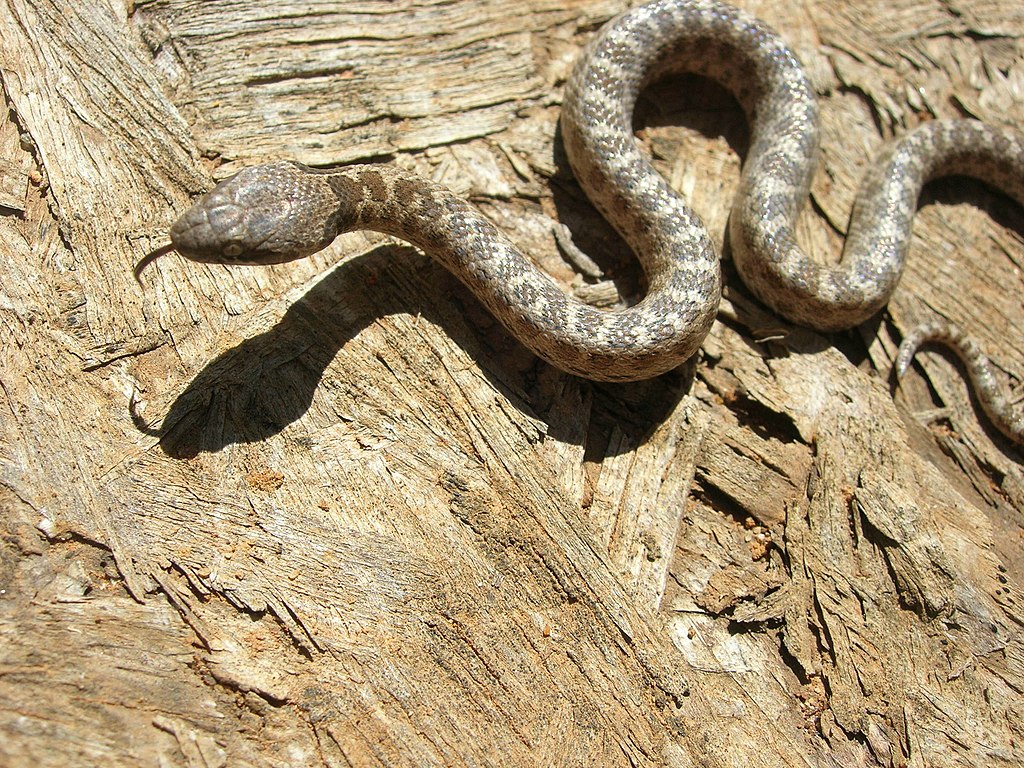Snakes, fascinating predators known for their remarkable hunting abilities, often face behavioral challenges in captivity. Without the opportunity to use their natural hunting instincts, captive snakes may experience reduced activity, poor feeding responses, and diminished overall well-being. Recreating hunting opportunities is not just about nutrition but also about providing essential mental stimulation that keeps these reptiles physically and psychologically healthy. Whether you’re a reptile enthusiast, professional keeper, or herpetologist, understanding how to safely encourage and stimulate these innate behaviors can significantly enhance your snake’s quality of life while allowing you to observe some of their most impressive natural behaviors.
Understanding Natural Hunting Behaviors
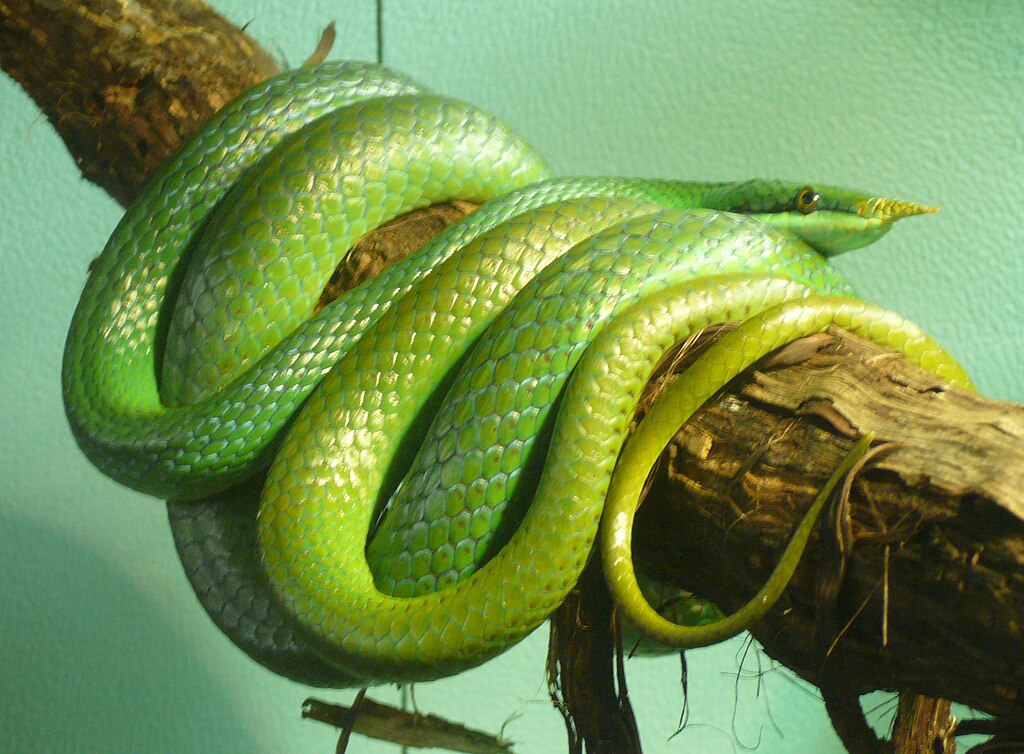
In the wild, snakes employ various hunting strategies depending on their species, habitat, and evolutionary adaptations. Some species, like vipers and rattlesnakes, are ambush predators that patiently wait for prey to come within striking distance. Others, such as king snakes and rat snakes, actively forage and pursue their prey through various environments. Understanding your specific snake’s natural hunting style is fundamental to effectively stimulating these behaviors in captivity. Research your particular species’ natural history, including their native habitat, preferred prey, and hunting techniques, as this knowledge forms the foundation for creating appropriate enrichment activities. This species-specific approach ensures that your efforts align with your snake’s evolutionary programming rather than forcing behaviors that might be unnatural or stressful.
The Importance of Enrichment for Captive Snakes
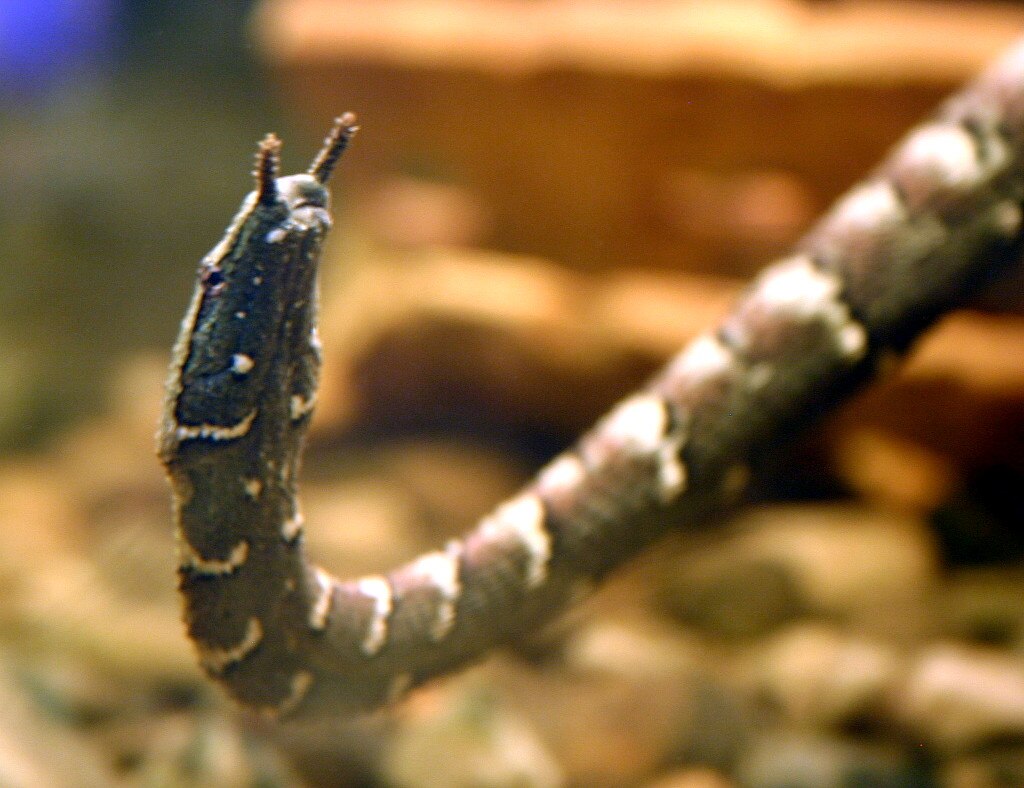
Environmental enrichment is crucial for captive snakes as it prevents boredom, reduces stress, and minimizes abnormal behaviors that can develop in captivity. When snakes are deprived of hunting opportunities, they may develop issues such as cage pacing, decreased appetite, or even self-destructive behaviors. Regular hunting enrichment activities encourage physical exercise that helps maintain muscle tone and supports proper digestion. Additionally, the mental stimulation provided by hunting activities can improve a snake’s overall mood and responsiveness, making them more engaging pets and better subjects for observation. Research has consistently shown that reptiles with enriched environments display more natural behaviors and fewer signs of stress than those kept in barren enclosures.
Creating an Appropriate Habitat Design
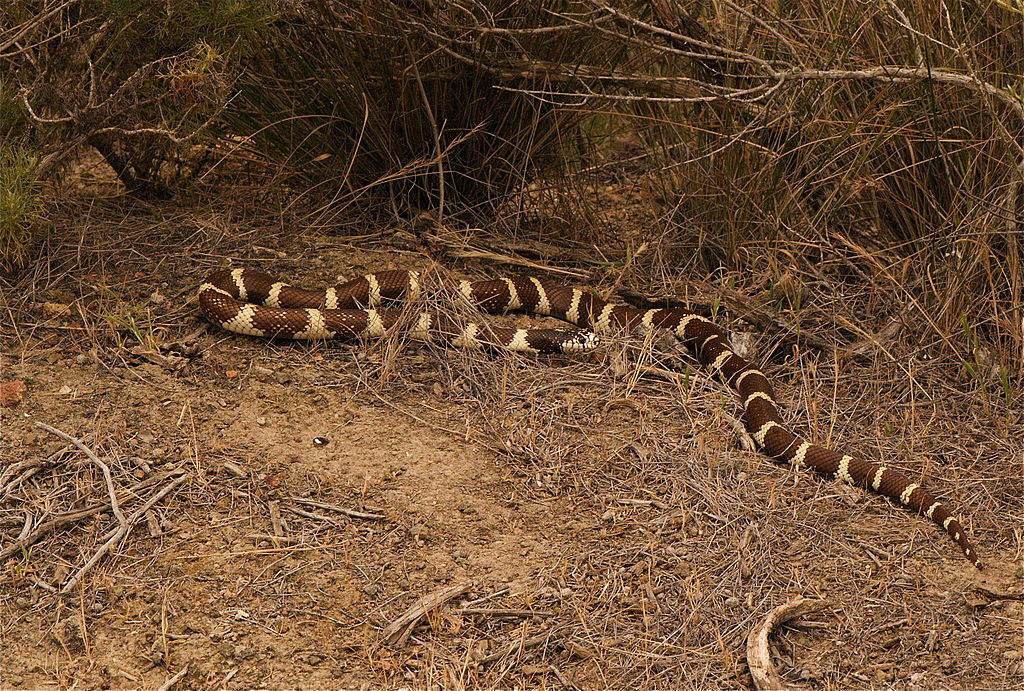
Habitat design plays a fundamental role in facilitating natural hunting behaviors in captive snakes. Ensure your enclosure includes various terrain features that mimic your snake’s natural environment, such as rocks, branches, artificial plants, and appropriate substrate for burrowing species. For arboreal species like green tree pythons, vertical space with sturdy branches allows them to assume their natural hunting postures. For terrestrial or fossorial (burrowing) species, incorporate tunnels, hides, and varying substrate depths to enable natural movement patterns. The enclosure should be spacious enough for the snake to fully stretch out and move naturally, with at least one length of the tank equaling the snake’s total length. Remember that environmental complexity not only supports hunting behaviors but also provides security, which is essential for a predator that may also be prey in the wild.
Temperature and Lighting Considerations

Proper temperature gradients and lighting cycles are essential for stimulating natural hunting behaviors in captive snakes. Most snakes are more active hunters during specific temperature ranges unique to their species, and many have distinct diurnal or nocturnal hunting patterns. Create a thermal gradient in the enclosure with a warm basking area and a cooler retreat, allowing your snake to thermoregulate as it would in the wild. For nocturnal species, consider using low-intensity red or blue lighting during evening hours when presenting hunting opportunities, as this mimics moonlight conditions under which they naturally hunt. Seasonal temperature variations, even if subtle, can also trigger natural behavioral cycles including increased hunting activity. Always research the specific temperature preferences and activity patterns of your snake species to optimize these conditions.
Prey Selection and Presentation
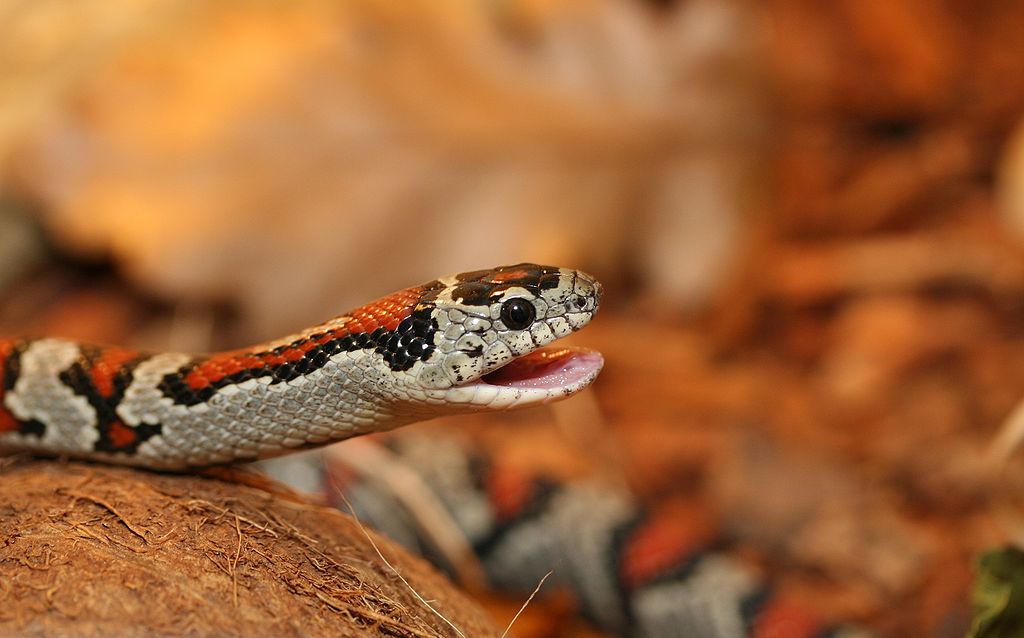
Selecting appropriate prey items is crucial for stimulating natural hunting responses in captive snakes. When possible, offer prey that resembles what your snake would naturally consume in the wild, considering factors such as size, type, and movement patterns. Prey size should be appropriate—generally no larger than the widest part of your snake’s body—to ensure safe consumption and digestion. For many species, variety in prey items can increase hunting interest, so consider rotating between appropriate options such as mice, rats, chicks, or specific reptiles (where legal and ethical). How you present the prey is equally important; some species respond better to prey placed in specific locations within the enclosure, while others may be triggered by movement. Always ensure that any live prey (where legal) is supervised to prevent injury to your snake, and consider the ethical implications of your feeding practices.
Movement-Based Hunting Stimulation
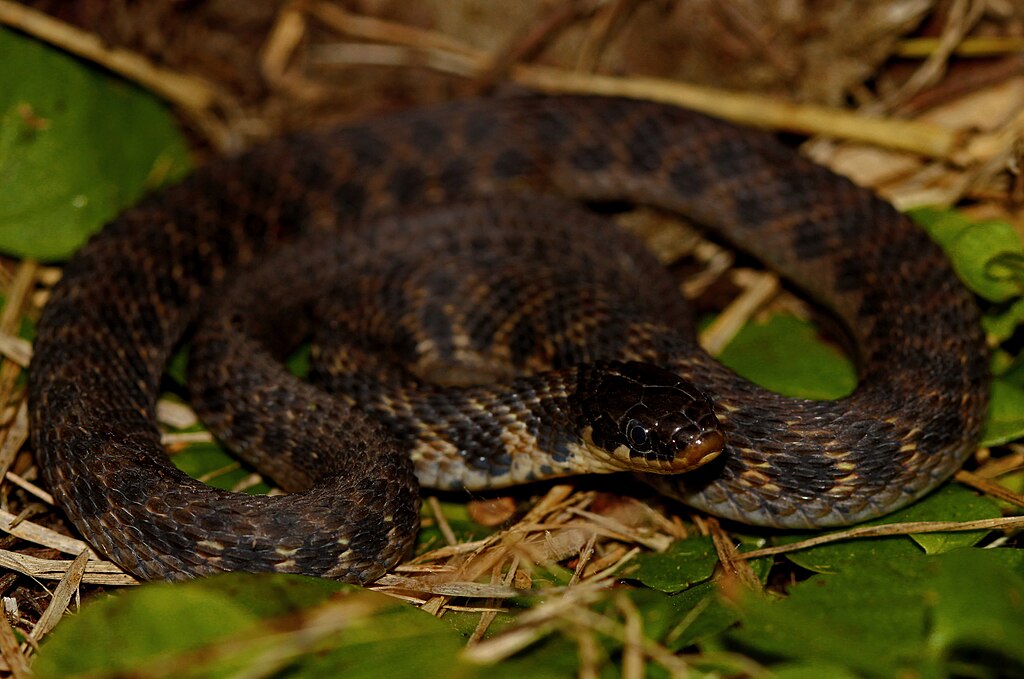
Movement is one of the most powerful triggers for hunting behavior in most snake species, as they rely heavily on detecting motion to identify potential prey. Using feeding tongs to gently move pre-killed prey in a way that mimics natural prey movements can significantly increase your snake’s hunting response. For ambush predators, slowly move the prey past hiding spots where your snake might be waiting. For active foragers, create a more dynamic presentation by dragging the prey through different areas of the enclosure. Some keepers use specialized tools like fishing line attached to prey (under supervision) to create more realistic movements. Electronic motion devices specifically designed for reptile enrichment are also available, though these should always be used with caution to prevent stress or injury. Remember that different species respond to different movement patterns, so observe what triggers your specific snake’s attention.
Scent-Based Hunting Enrichment
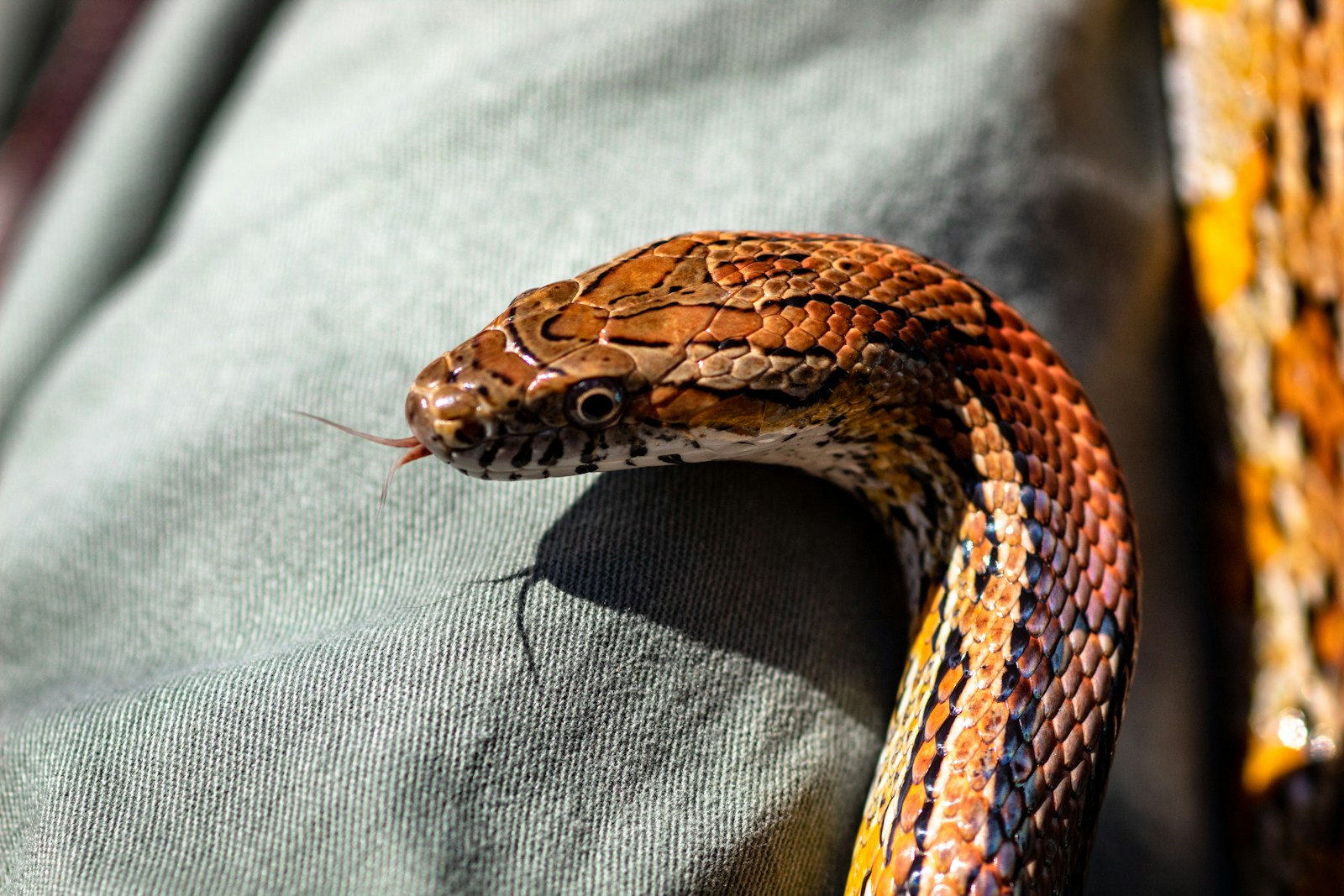
Snakes possess a highly developed sense of smell, utilizing both their tongue and vomeronasal organ (Jacobson’s organ) to detect and follow prey scents. You can stimulate this aspect of hunting behavior by incorporating scent-based enrichment into your snake’s routine. One effective method is scent-trailing, where you lightly drag prey items through the enclosure before offering them, creating a scent path for your snake to follow. Some keepers use prey-scented objects like appropriately sized balls or toys that can be safely introduced into the enclosure to encourage tracking behavior without actual feeding. For species that hunt specific prey, introducing bedding or substrate that contains those prey scents (safely obtained from reptile suppliers) can also trigger hunting responses. Always ensure that any scented items cannot be accidentally ingested and are removed after enrichment sessions to prevent continuous stimulation that might cause stress.
Puzzle Feeders and Hunting Challenges

Advanced enrichment for captive snakes can include puzzle feeders and hunting challenges that require problem-solving skills to access food. Simple puzzle feeders might include prey items partially hidden under snake-safe materials or placed inside special feeding chambers that the snake must investigate. More complex arrangements might involve multiple chambers or pathways that the snake must navigate to reach prey. For arboreal species, consider securing prey at different heights, requiring the snake to climb and search. Some keepers create specialized feeding boxes with multiple compartments, only some of which contain food, encouraging the snake to use scent detection to locate prey efficiently. When introducing puzzle feeders, start with simple challenges and gradually increase complexity as your snake becomes more adept, always ensuring that the snake can eventually succeed to prevent frustration and food refusal.
Balancing Live and Pre-Killed Prey
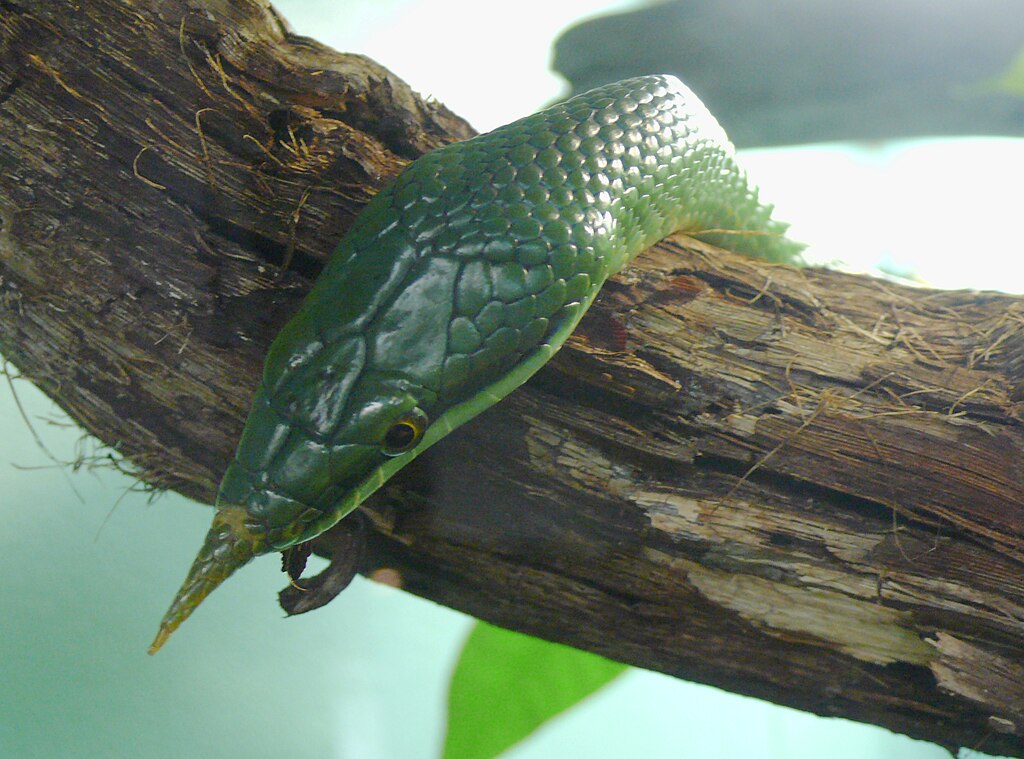
The debate between offering live versus pre-killed prey involves important considerations for both snake welfare and ethical treatment of feeder animals. In many regions, feeding live vertebrate prey is legally restricted or considered unethical unless absolutely necessary. For most captive snakes, properly prepared pre-killed prey can effectively stimulate hunting behaviors when presented appropriately. Pre-killed prey offers significant advantages: it eliminates the risk of prey-inflicted injuries to your snake, reduces stress for both animals, and allows you to control the feeding process more precisely. For snakes that initially refuse pre-killed prey, warming the prey item to slightly above room temperature and employing movement techniques with feeding tongs can often overcome reluctance. Some keepers successfully transition snakes from live to pre-killed prey through a gradual process, starting with freshly killed prey and moving to frozen-thawed as the snake adjusts.
Training Hunting Behaviors Through Conditioning
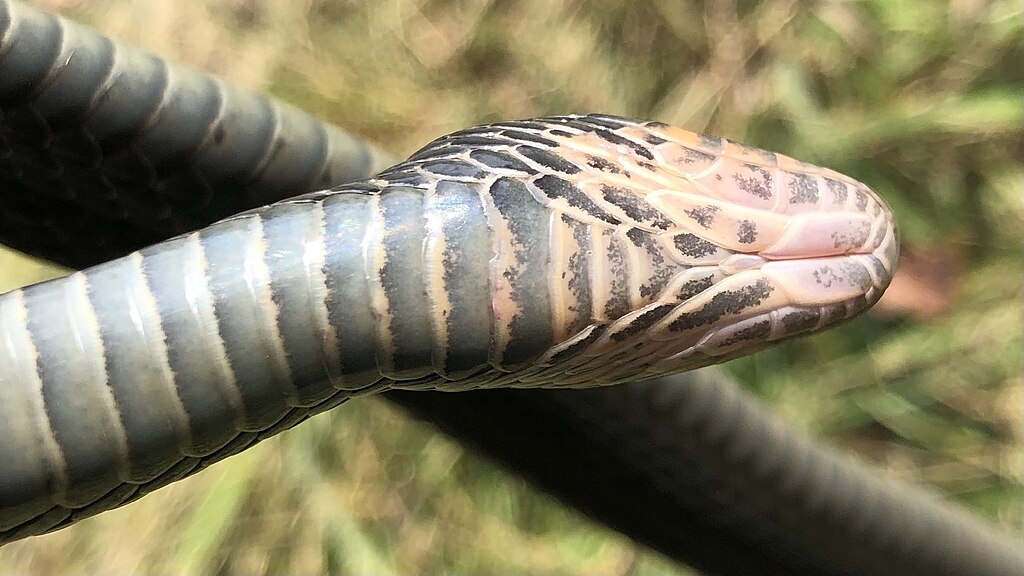
Snakes are capable of associative learning and can be conditioned to recognize hunting opportunities through consistent routines. Establishing regular patterns around feeding time can help stimulate hunting behaviors on a predictable schedule. For example, many keepers find success by using specific visual cues (like a particular colored lid or container), sounds, or even tapping patterns on the enclosure that the snake learns to associate with feeding time. Some snakes may even become conditioned to specific handling routines that precede hunting opportunities. This conditioning can be particularly useful for snakes that are reluctant feeders, as it creates anticipation and primes their hunting responses. Remember that conditioning is a gradual process that requires consistency and patience, and individual snakes will vary in how quickly they form these associations.
Monitoring Behavioral Responses
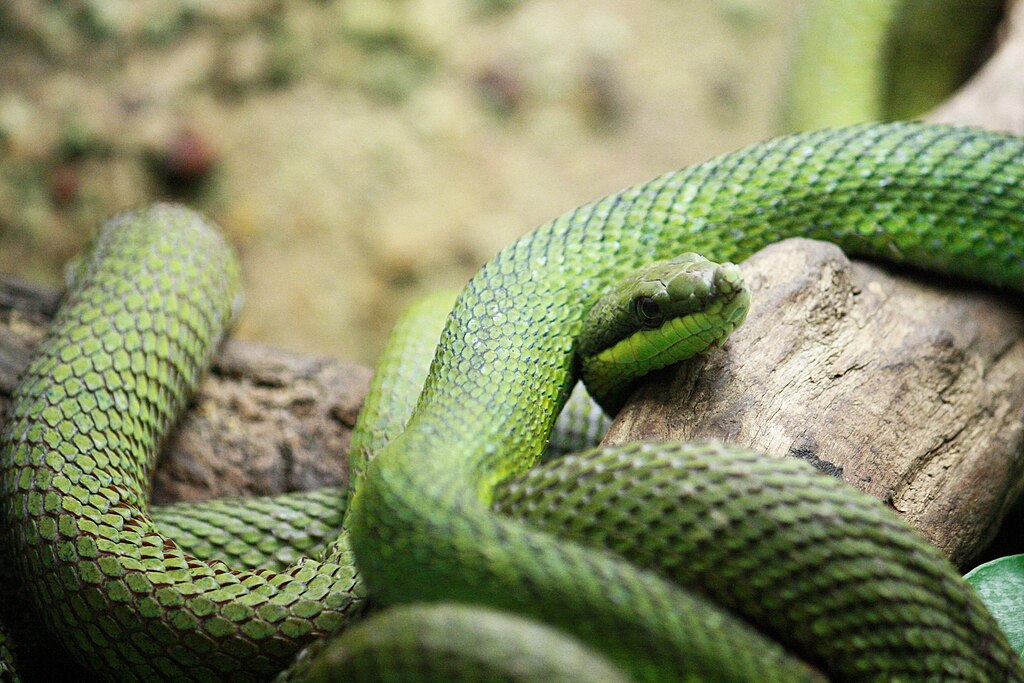
Careful observation of your snake’s behavioral responses to hunting enrichment is essential for refinement and ensuring their well-being. Keep detailed records of which techniques elicit the strongest natural hunting behaviors from your specific snake. Note physical indicators of hunting interest such as increased tongue flicking, alert posture, tracking movements, and successful strikes or constrictions. Equally important is monitoring for signs of stress or frustration, which might include defensive postures, excessive hiding, regurgitation, or refusing multiple feeding attempts. Create a log that tracks various enrichment techniques, your snake’s responses, and feeding success rates to identify patterns over time. This data-driven approach allows you to personalize enrichment strategies based on your individual snake’s preferences and needs, maximizing the benefits while minimizing potential negative effects.
Special Considerations for Different Snake Species
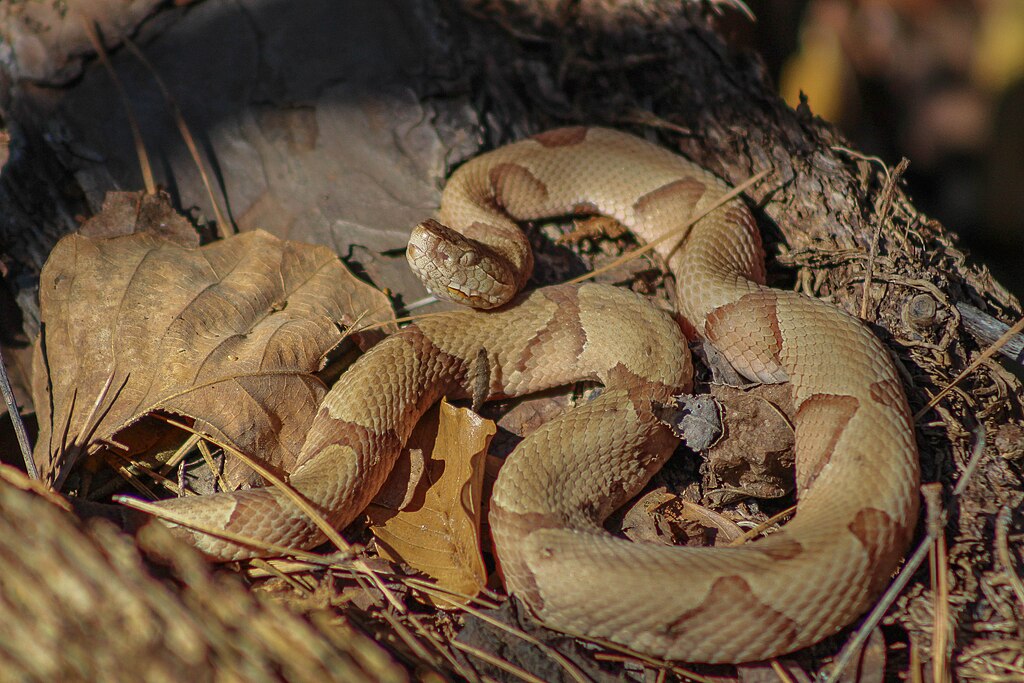
Different snake species have evolved highly specialized hunting strategies that require tailored enrichment approaches. For instance, arboreal species like emerald tree boas benefit from vertical hunting opportunities where prey is presented at elevation, allowing them to strike from their characteristic perched position. Burrowing species such as sand boas may respond best to prey items partially buried in substrate, triggering their natural ambush technique. Aquatic or semi-aquatic species like water snakes might display heightened hunting responses when offered appropriate prey items in shallow water features. Venomous species require additional safety protocols and often benefit from specialized feeding chambers that protect keepers while still allowing for natural striking behaviors. Research scientific literature about your specific species’ hunting ecology, and connect with experienced keepers of the same species to learn specialized techniques that have proven successful for stimulating species-appropriate hunting behaviors.
Addressing Common Challenges and Solutions
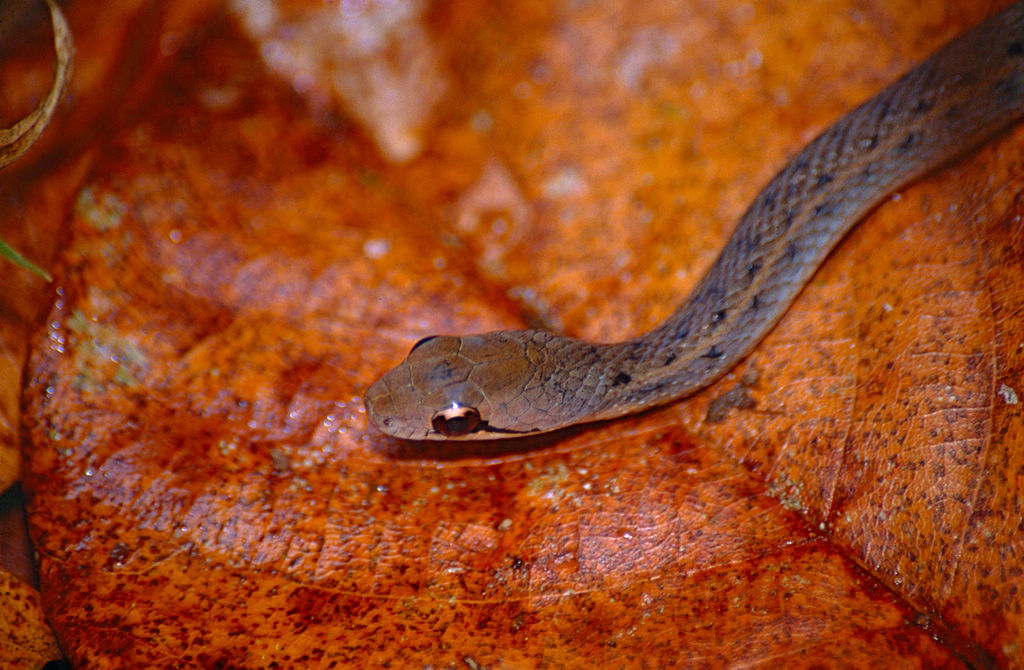
Even with well-designed enrichment, keepers may encounter challenges when stimulating hunting behaviors in captive snakes. For snakes that show little interest in hunting, evaluate basic husbandry parameters first, as improper temperature, humidity, or lighting can suppress natural behaviors. Seasonal factors may also influence hunting drive, with many species showing reduced interest during breeding seasons or pre-shedding periods. For persistently reluctant hunters, try varying prey presentation times to align with natural activity cycles—many nocturnal species hunt more readily in dim evening lighting. Some snakes may become habituated to certain enrichment techniques, so rotating between different methods can maintain engagement. If a snake consistently refuses to feed despite appropriate enrichment, veterinary evaluation is recommended to rule out underlying health issues. Remember that individual personality differences exist among snakes, and what works for one individual may not work for another, even within the same species.
Ethical Considerations in Hunting Enrichment
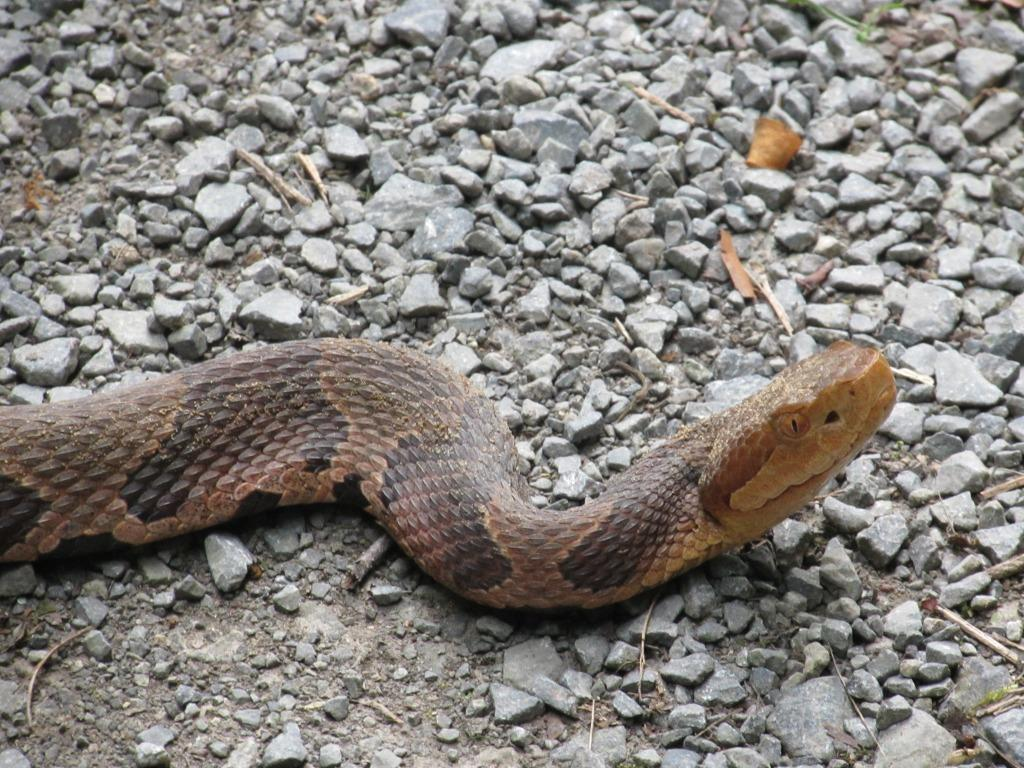
Ethical considerations should always guide your approach to stimulating hunting behaviors in captive snakes. While encouraging natural behaviors is beneficial, this must be balanced against animal welfare concerns for both predator and prey. Always research and adhere to local regulations regarding prey animals, particularly regarding the use of live prey, which is regulated or prohibited in many jurisdictions. Consider the psychological impact on prey animals—even when using pre-killed prey, presentation methods should be respectful rather than creating a spectacle. For educational settings, ensure that hunting enrichment is presented in a context that promotes understanding and respect for natural behaviors rather than sensationalizing predation. Regularly reassess your enrichment practices as new research emerges on reptile cognition and welfare needs. Remember that the primary goal of hunting enrichment is to improve your snake’s quality of life, not simply to create an impressive display.
Conclusion
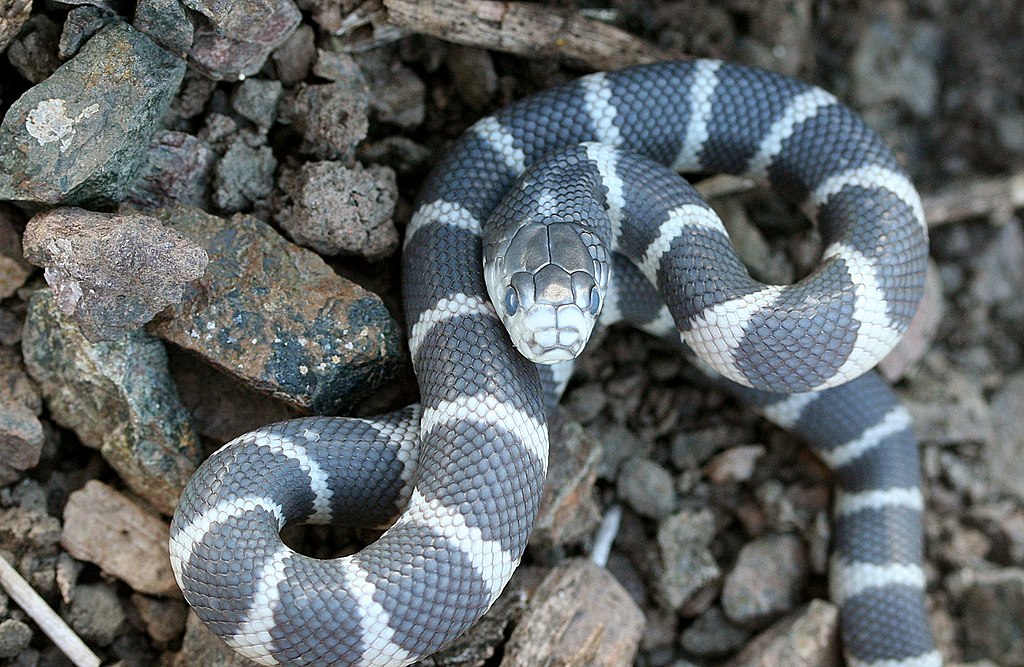
Stimulating hunting instincts in captive snakes represents a vital aspect of responsible reptile keeping that goes far beyond basic feeding. By thoughtfully recreating natural hunting opportunities through appropriate habitat design, prey presentation techniques, and species-specific enrichment strategies, keepers can significantly enhance their snakes’ physical and psychological well-being. The benefits extend beyond the obvious nutritional aspects to include improved physical fitness, mental stimulation, and expression of natural behaviors that are fundamental to these animals’ evolutionary heritage. While implementing these techniques requires knowledge, patience, and careful observation, the rewards are substantial—not only in terms of healthier, more active snakes but also in the opportunity to witness and better understand these remarkable predators’ fascinating natural behaviors. By approaching hunting enrichment with respect for both the predator’s needs and ethical considerations for prey animals, keepers can create a captive environment that truly honors these magnificent reptiles’ nature.

